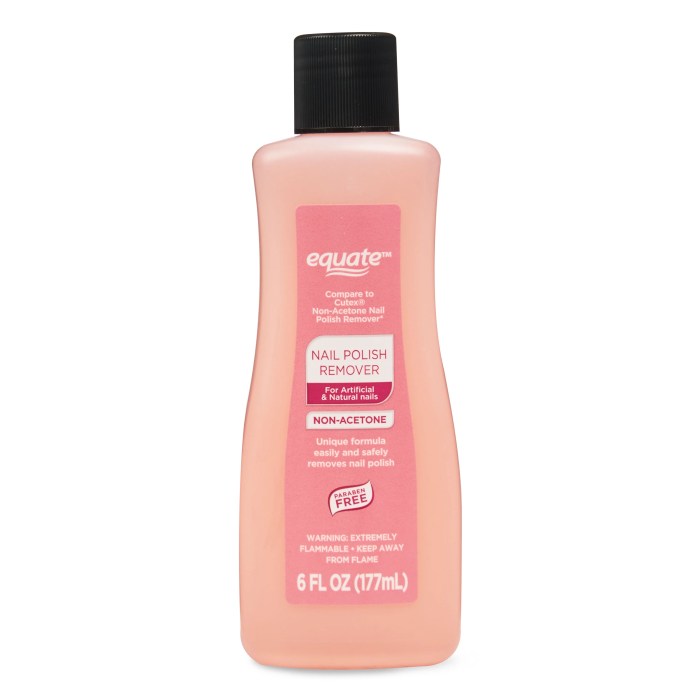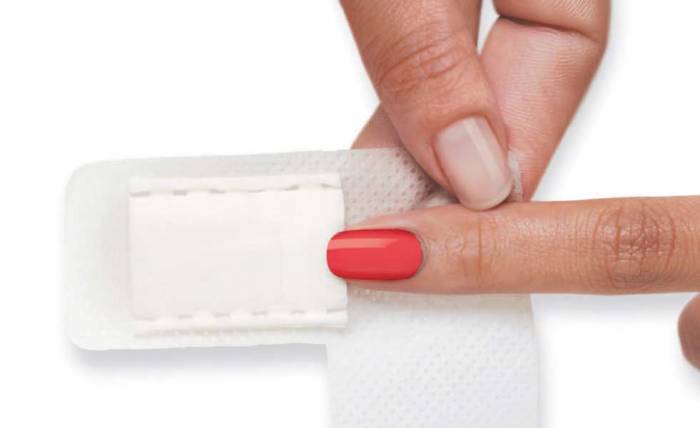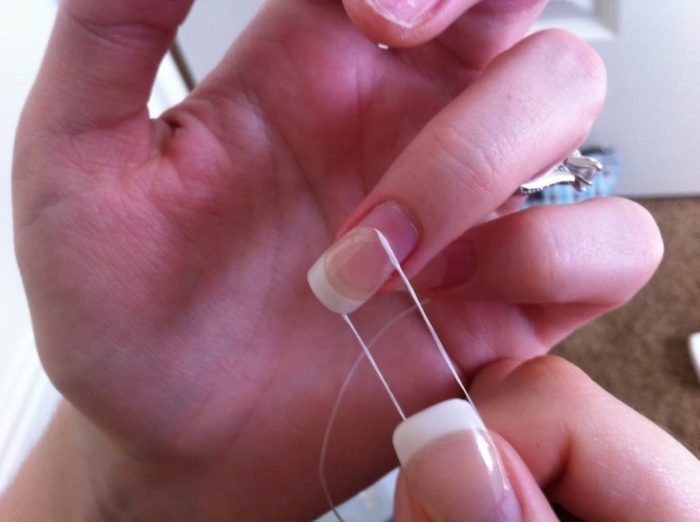Take Off Nail Polish Without Acetone
Safe and Effective Nail Polish Removal Without Acetone
Take off nail polish without acetone – Removing nail polish without acetone is possible and often preferable to avoid the drying effects of acetone on nails and cuticles. Several methods offer gentle yet effective removal, utilizing readily available materials. This article explores various techniques, including those using household ingredients, and provides guidance on protecting your nails during and after the process.
Safe and Effective Methods for Removing Nail Polish Without Acetone

Source: walmartimages.com
Several methods effectively remove nail polish without harsh chemicals. The effectiveness varies depending on the type of nail polish and individual nail condition. Choosing the right method involves considering factors like time, ease of use, and potential nail damage.
| Method | Materials Needed | Steps | Precautions |
|---|---|---|---|
| Soaking in Warm, Soapy Water | Warm water, mild soap | Soak nails in warm, soapy water for 10-15 minutes. Gently push off the softened polish with a wooden cuticle pusher or orangewood stick. | Avoid excessively hot water, which can damage nails. Be gentle to avoid scratching the nail surface. |
| Olive Oil Soak | Olive oil, cotton balls | Soak cotton balls in olive oil and place them on your nails for 10-15 minutes. Gently wipe off the softened polish. | Olive oil can stain light-colored fabrics. Ensure thorough removal of oil from nails afterwards. |
| Non-Acetone Nail Polish Remover | Non-Acetone nail polish remover, cotton balls | Apply the remover to cotton balls and gently wipe the polish away. | Some non-acetone removers may still contain ingredients that can dry out nails, so use sparingly. |
| Baking Soda Paste | Baking soda, water, cotton ball | Mix baking soda with a little water to form a paste. Apply the paste to nails and gently scrub with a cotton ball. | Avoid scrubbing too vigorously, which can damage nails. |
| White Vinegar Soak | White vinegar, warm water | Soak nails in a mixture of warm water and white vinegar (equal parts) for 10-15 minutes. Gently remove polish. | Vinegar can be irritating to sensitive skin. Rinse thoroughly after use. |
The mechanisms vary; soapy water and oil soften the polish, making it easier to remove. Non-acetone removers contain solvents that dissolve the polish. Baking soda acts as a mild abrasive, while vinegar’s acidity helps to loosen the polish.
Using Household Items for Nail Polish Removal

Source: nailshe.com
Several household items can create effective, acetone-free nail polish removers. These are generally gentler than commercial products but may require more time and effort.
- Recipe 1: Lemon Juice and Baking Soda Paste: Mix fresh lemon juice with baking soda to create a paste. Apply to nails, gently scrub, and rinse. A visual description would show a light yellow paste with a slightly grainy texture.
- Recipe 2: White Vinegar and Water Soak: Mix equal parts white vinegar and warm water. Soak nails for 10-15 minutes. The solution appears clear and slightly translucent.
- Recipe 3: Olive Oil and Sugar Scrub: Combine olive oil with a small amount of sugar to create a gentle scrub. Gently massage onto nails to remove polish. The mixture would appear oily with visible sugar granules, the color being a light golden yellow.
While household remedies offer a natural alternative, they might not be as effective as commercial removers, especially for stubborn polish. They are generally gentler on nails, reducing the risk of dryness and brittleness.
Protecting Your Nails After Polish Removal, Take off nail polish without acetone
Protecting your nails after removing polish is crucial, regardless of the method used. Acetone-based removers, in particular, can severely dry out nails, leading to brittleness and breakage. Proper care minimizes damage and promotes nail health.
- Moisturize your nails and cuticles regularly with a cuticle oil or a rich hand cream.
- Avoid harsh scrubbing or aggressive nail filing.
- Give your nails breaks from polish to allow them to breathe and recover.
- Eat a healthy diet rich in vitamins and minerals essential for nail growth.
- Consider using a nail strengthener to improve nail health.
Addressing Specific Nail Polish Types

Source: naildesigncode.com
Different nail polish types present unique removal challenges. Adapting the methods above requires consideration of the polish’s formulation and adhesion.
Removing nail polish without acetone can be tricky, but there are gentler methods available. If you’re looking for professional, acetone-free options, consider visiting a salon like sugar polish nail bar athens for a luxurious manicure. They likely offer various removal techniques that are kind to your nails, ensuring a healthy and beautiful finish for your next polish application.
| Polish Type | Recommended Methods | Additional Tips |
|---|---|---|
| Regular Nail Polish | Soaking in warm soapy water, non-acetone remover, olive oil soak | Gentle scrubbing may be necessary for stubborn polish. |
| Gel Polish | Soaking in acetone-free remover for extended periods, professional removal | Gel polish requires more time and effort to remove; filing may be necessary before soaking. |
| Shellac | Professional removal is recommended. | Shellac is a durable polish that bonds tightly to the nail, requiring specialized tools and techniques for removal. |
Troubleshooting Common Issues When Removing Nail Polish Without Acetone
Several issues can arise during acetone-free nail polish removal. Understanding these problems and their solutions ensures nail health and prevents damage.
- Stubborn Polish: Extend the soaking time, use a more effective remover (non-acetone), or gently file the surface before soaking.
- Dry, Brittle Nails: Moisturize regularly with cuticle oil or a rich hand cream. Avoid frequent polish changes.
- Nail Damage: Use gentle methods, avoid harsh scrubbing, and prioritize nail health through proper care.
Preventing these issues involves choosing appropriate removal methods, moisturizing regularly, and avoiding excessive nail polish use.
Essential Questionnaire: Take Off Nail Polish Without Acetone
Can I use oil to remove nail polish?
Yes, certain oils like olive oil or cuticle oil can help soften and loosen nail polish, making it easier to remove, especially for regular polish. However, it might require more time and effort than other methods.
How often should I remove my nail polish?
It’s generally recommended to remove nail polish every 7-10 days to allow your nails to breathe and prevent potential staining or damage.
What if my nail polish is extremely stubborn?
For very stubborn polish, try soaking your nails in warm, soapy water for a few minutes before attempting removal. You might also consider using a gentle nail polish remover with a lower acetone concentration.
Are there any risks associated with using household items as nail polish removers?
While generally safe, some household ingredients may cause irritation or allergic reactions in sensitive individuals. Always perform a patch test before applying any new mixture to your entire nail.















